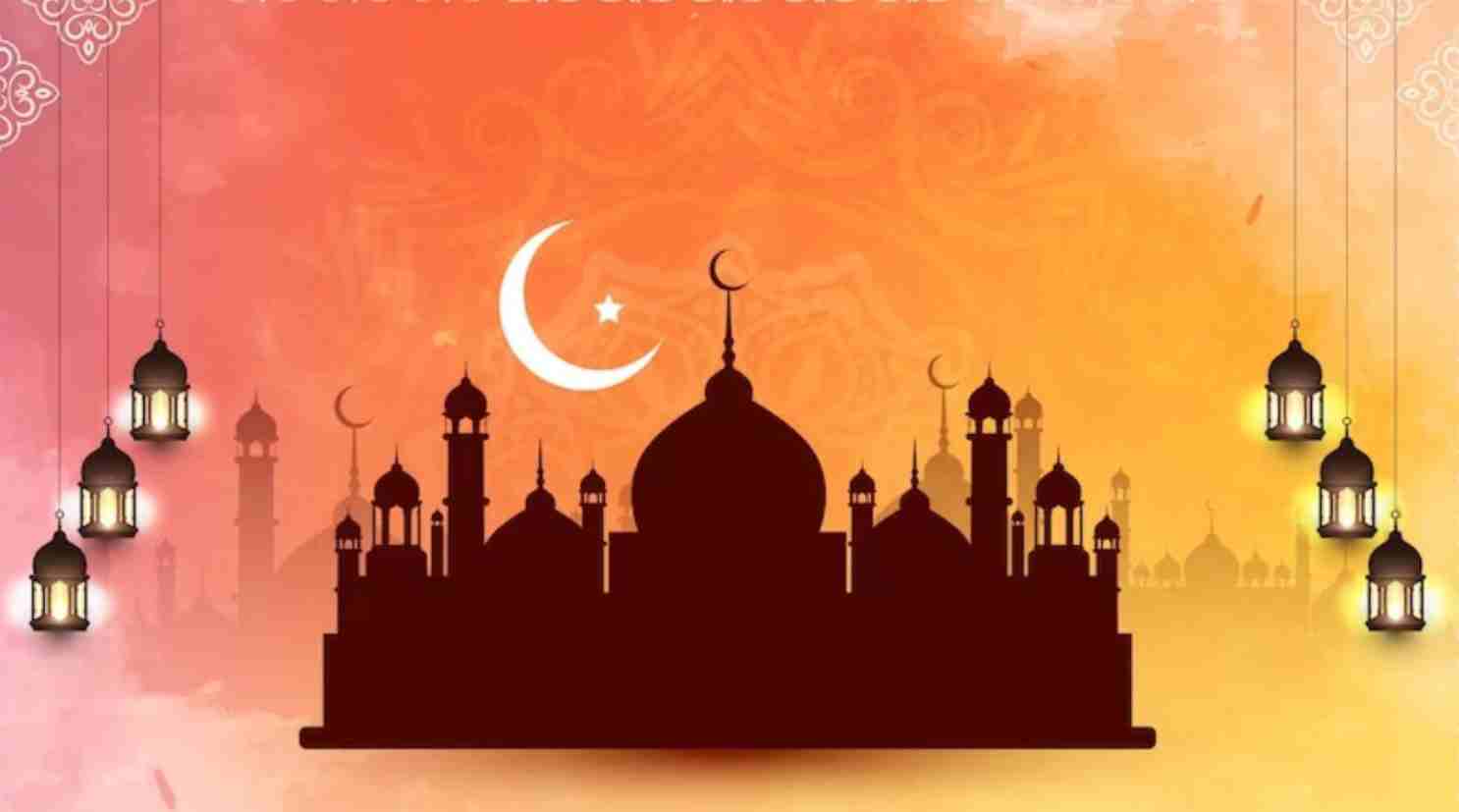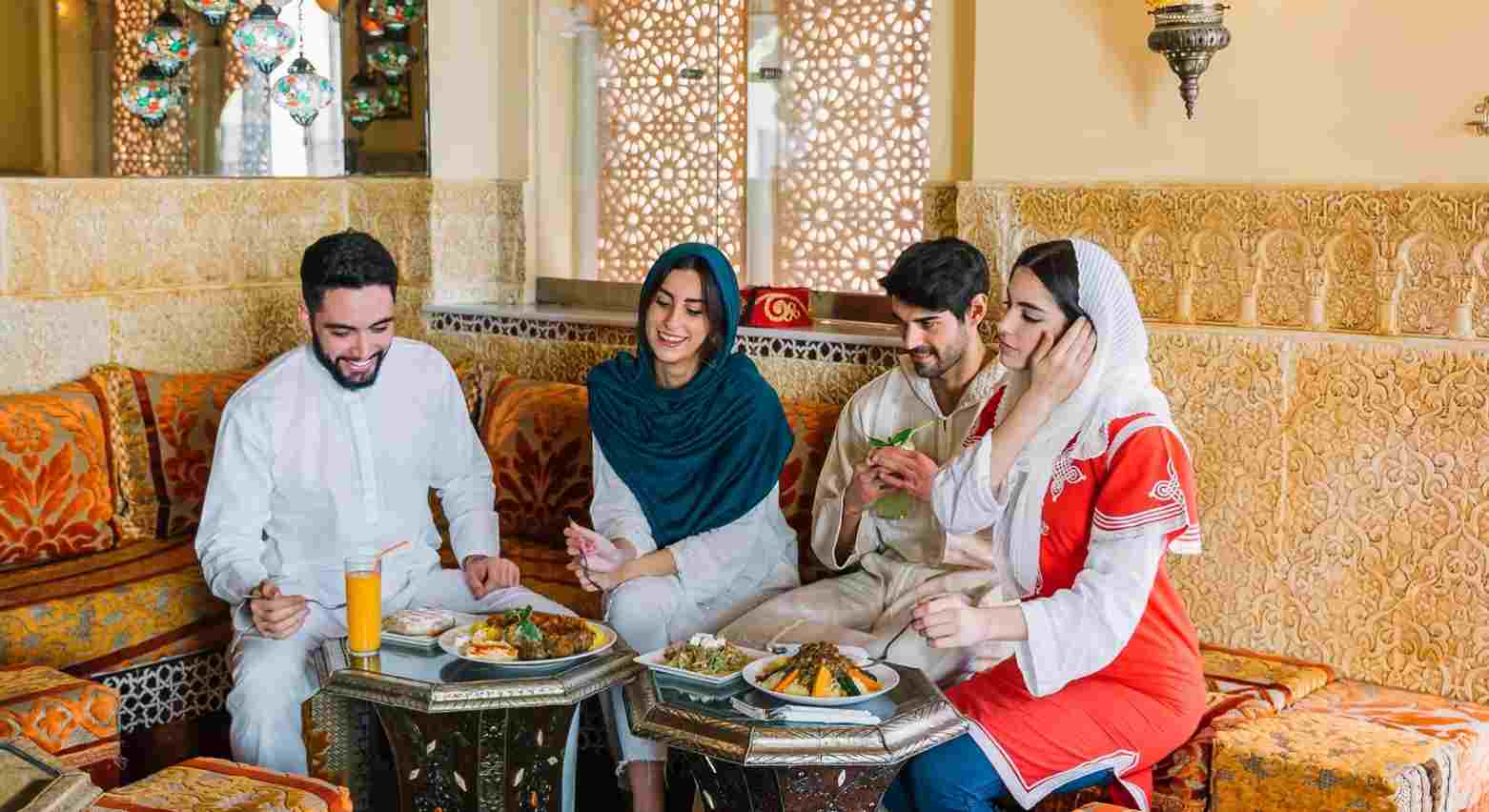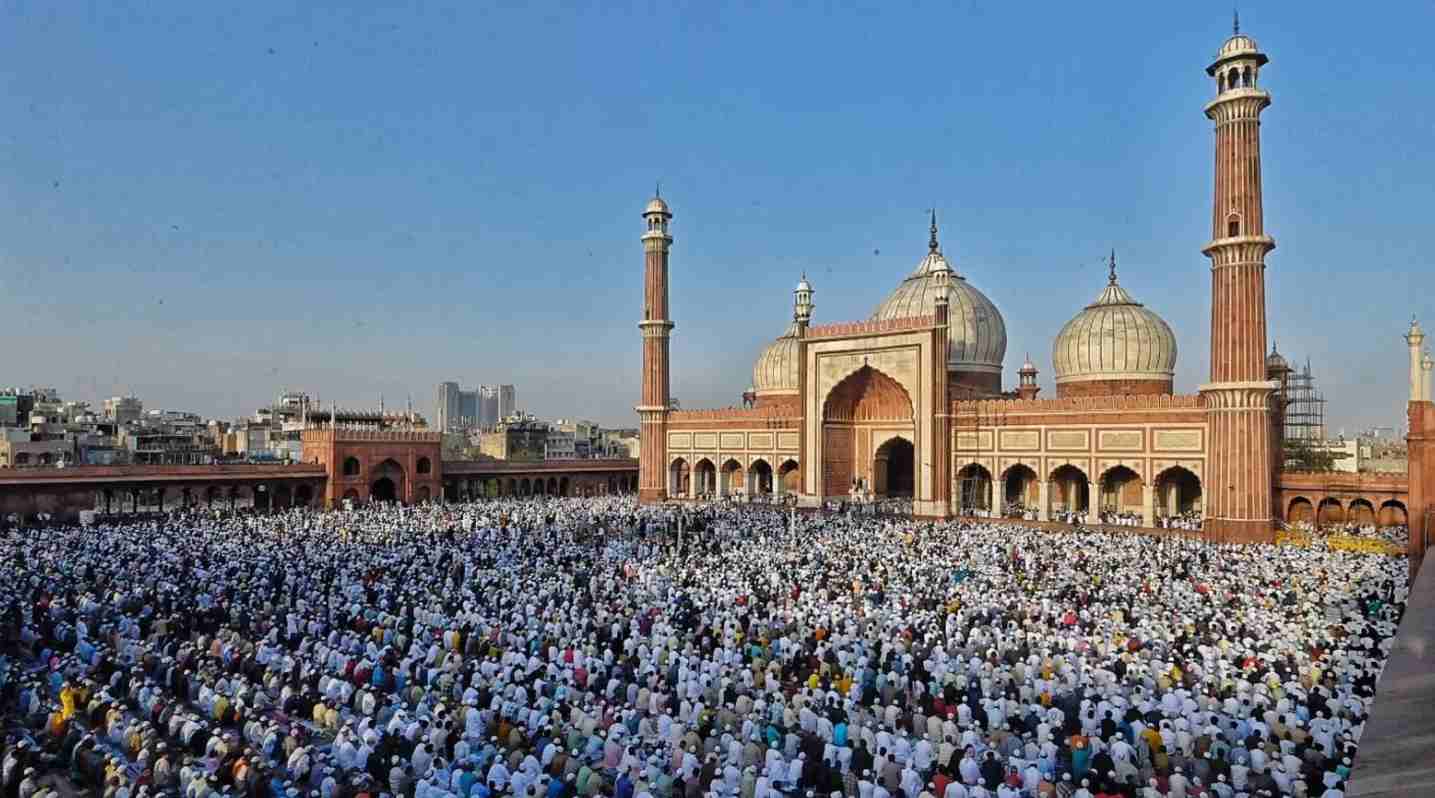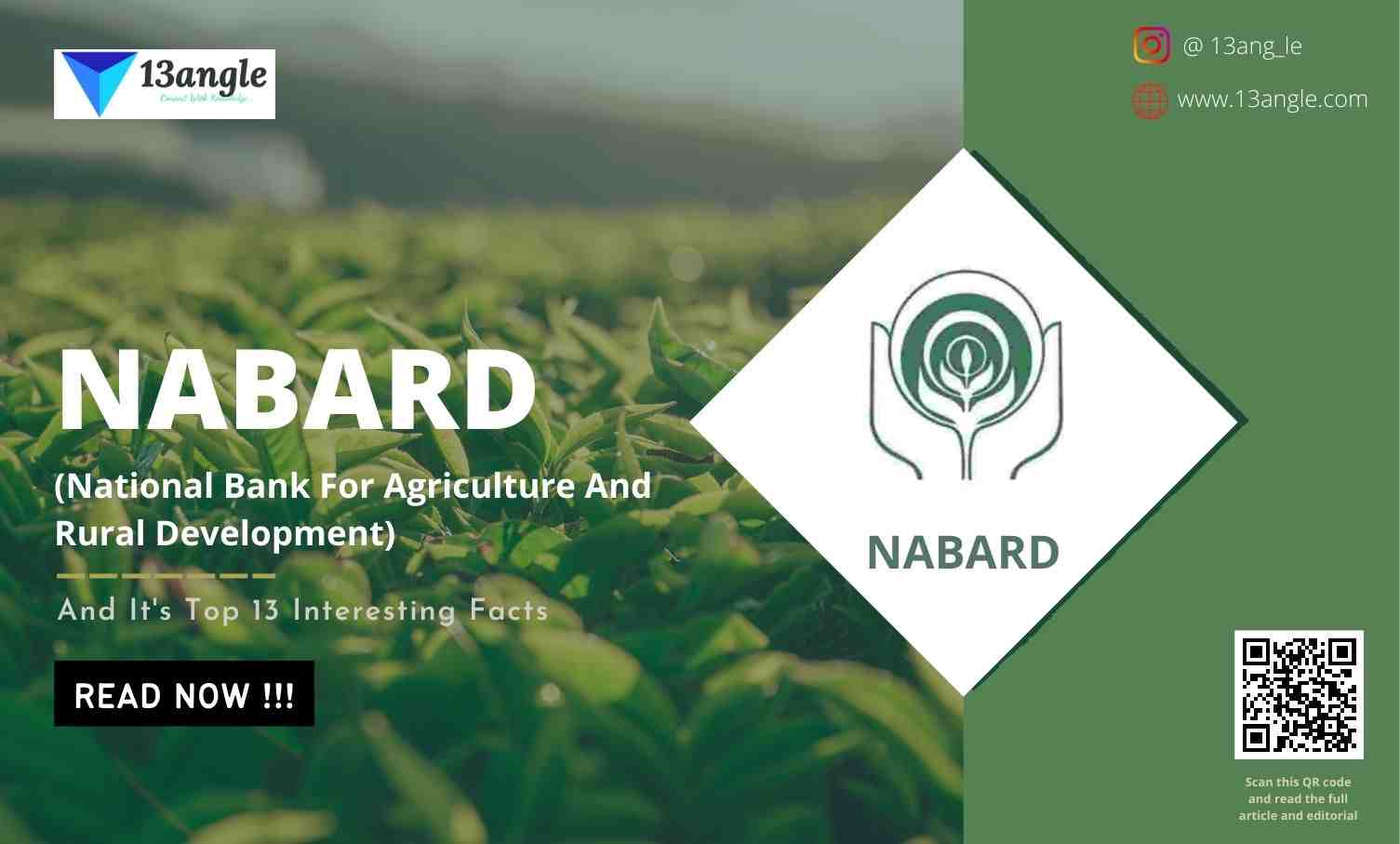
Introduction
Eid al-Adha, also known as the Feast of Sacrifice or the Greater Eid, is a significant and cherished celebration observed by Muslims worldwide. This joyous occasion not only commemorates the unwavering faith of Abraham but also embodies themes of sacrifice, generosity, and unity. As the second major holiday in the Islamic calendar, Eid al-Adha captivates audiences with its rich traditions and profound messages of compassion and community.
Eid al-Adha holds a special place in the cultural and religious fabric of Muslim communities globally. It is a time of great anticipation and joy as families and friends gather to observe this auspicious occasion. The festival marks the culmination of the annual Hajj pilgrimage to the holy city of Mecca, where millions of Muslims congregate to fulfil their spiritual obligations.
The roots of Eid al-Adha can be traced back to the story of the Prophet Abraham, who exemplified unwavering obedience to God’s command. In a profound act of faith, Abraham willingly agreed to sacrifice his beloved son, Ismail, as a test of his devotion. However, just as Abraham prepared to carry out the sacrifice, God intervened and substituted Ismail with a lamb, symbolizing His mercy and providing a lesson in the significance of true submission.
This narrative form the essence of Eid al-Adha, illustrating the virtue of surrendering personal desires for a higher purpose. It serves as a reminder for Muslims to embody selflessness and prioritize devotion to God and the welfare of others over individual attachments and ambitions.
During Eid al-Adha, Muslims participate in vibrant and symbolic rituals. The day commences with a congregational prayer, held in mosques or open spaces, where the community gathers to seek blessings and express gratitude for the blessings bestowed upon them. The sermon delivered during the prayer often emphasizes sacrifice, compassion, and unity, inspiring individuals to reflect on their own lives and consider ways to contribute positively to society.
Following the prayer, families unite to partake in a joyous feast, featuring a variety of delicious dishes prepared with care and culinary expertise. Generosity takes centre stage during this time, as it is customary to distribute food and gifts to the less fortunate and extend hospitality to neighbours, friends, and strangers. This act of giving embodies the universal values of compassion and empathy that form the core of Islamic teachings.
In addition to the festive meals, another significant ritual of Eid al-Adha is the sacrifice of an animal, typically a sheep, goat, etc. This act mirrors Abraham’s attempted sacrifice and serves as a symbolic gesture of obedience and devotion. The meat from the sacrificed animal is divided into three portions: one for the family, one for relatives and friends, and one for the less fortunate in the community. This distribution exemplifies sharing and ensures that the blessings of the occasion reach everyone, fostering unity and solidarity.
Eid al-Adha not only promotes acts of kindness and generosity but also encourages Muslims to reflect on the value of sacrifice in their own lives. It serves as a reminder that sacrifice can take various forms, whether it involves letting go of personal desires for the sake of others, making charitable contributions, or dedicating time and effort to serving the community. Through these acts, Muslims strive to cultivate a deeper understanding of empathy, compassion, and social responsibility.
Eid al-Adha holds a cherished place in the hearts of Muslims worldwide as a celebration filled with meaning and significance. It serves as a time for reflection, gratitude, and acts of compassion, bringing families and communities together in the spirit of unity. Through its rich traditions and profound messages, Eid al-Adha stands as a testament to the enduring values of sacrifice, generosity, and shared humanity.
The Story Of Abraham And Ishmael

Eid al-Adha, a significant religious festival observed by Muslims worldwide, encompasses a rich tapestry of ritualistic traditions. At the heart of this joyous occasion lies the profound act of sacrificing animals, symbolizing obedience and devotion. This sacred practice, deeply rooted in the story of Abraham, serves as a powerful reminder of the willingness to relinquish cherished possessions for the sake of God and to extend generosity toward fellow human beings.
During Eid al-Adha, Muslims embark on a spiritual journey that mirrors the remarkable obedience of the Prophet Abraham. Following his unwavering commitment to God’s command, believers commemorate his readiness to sacrifice his beloved son, Ishmael. As a testament to this extraordinary act, Muslims worldwide partake in the ritualistic sacrifice of animals, paying homage to Abraham’s unwavering faith and submission.
Selecting the sacrificial animal holds great significance in this sacred ceremony. Muslims exercise utmost care and consideration in choosing sheep, goats, cows, or even camels for this ritual. The selection process involves meticulous examination, ensuring that the animals are healthy, free from blemishes, and meet the religious requirements. This meticulousness underscores the importance of offering the best to God and exemplifies the devoutness with which this act is approached.
The actual slaughter of the sacrificial animal is conducted with profound reverence and adherence to religious guidelines. It is carried out in a humane and prescribed manner, emphasizing compassion and respect for the sanctity of life. Skilled individuals, trained in the proper techniques, perform the ritual to minimize any suffering experienced by the animal. This conscientious approach ensures that the sacrifice is not only a religious duty but also a compassionate act that upholds the principles of mercy and kindness.
Beyond its symbolic representation of obedience and sacrifice, Eid al-Adha holds a broader significance in fostering a spirit of generosity and communal harmony. Following the sacrifice, the meat is divided into three parts: one for the family, another for relatives and friends, and the final portion for the less fortunate. This distribution serves as a powerful reminder of the importance of sharing blessings with others and caring for those in need. It strengthens the bonds of kinship and fosters a sense of compassion, unity, and social responsibility within the Muslim community.
In the context of Eid al-Adha, these timeless rituals intertwine faith, devotion, and acts of compassion. By offering a deeper understanding of the significance behind the sacrificial act, this cherished festival imparts valuable lessons of selflessness, gratitude, and solidarity. As Muslims around the world partake in the rituals of Eid al-Adha, they not only honour the legacy of Abraham’s obedience but also renew their commitment to upholding the values of Islam and embracing the virtues of empathy and generosity.
The Sharing Of Meat And Generosity

The tradition of sharing meat during Eid al-Adha holds a special place in the hearts of believers and exemplifies the true spirit of this auspicious occasion. It is a time when families come together to offer their sacrifices and express their devotion to their faith. The sacrificial animal, be it a goat, sheep, or cow, is divided into three equal parts, each serving a significant purpose that extends beyond mere consumption.
The first portion of the meat is retained by the family that performed the sacrifice. This allocation not only ensures sustenance for the household but also strengthens the bonds of kinship and gratitude. As they gather around the table to partake in the delicious feast, family members share in the joy and blessings bestowed upon them. It serves as a reminder of the unity and love that exists within the family, fostering a sense of togetherness and appreciation for the blessings received.
The second portion of the meat holds great importance as it is shared with relatives, friends, and neighbours. This act of generosity reflects the values of compassion and community spirit deeply embedded within the teachings of Islam. By distributing this portion to loved ones and those near, individuals embrace the spirit of giving and extend their blessings to the broader community. The exchange of meat during this time not only strengthens existing relationships but also forges new connections, promoting harmony and goodwill among people.
However, the significance of sharing meat during Eid al-Adha extends beyond the immediate circle of family and friends. The final portion is allocated to the less fortunate members of society, including the poor, needy, and marginalized. This act of charity is a fundamental aspect of Eid al-Adha, emphasizing the core values of compassion, empathy, and care for those in need. The distribution of meat to the disadvantaged ensures that they too can partake in the festive spirit and experience the joy that comes with this sacred celebration. It serves as a reminder of the responsibility that everyone has towards their fellow human beings, encouraging acts of kindness and support for the less privileged.
The act of sharing meat during Eid al-Adha not only embodies the essence of the occasion but also showcases the principles of Islam that emphasize the importance of charity and social cohesion. This tradition promotes unity, fosters a sense of belonging, and reminds individuals of their duty to contribute positively to society. By adhering to the practice of dividing the sacrificial animal into three portions, Muslims worldwide embrace the values of gratitude, generosity, and compassion, creating a ripple effect of goodwill and positive change.
The sharing of meat during Eid al-Adha encompasses a multifaceted significance. It symbolizes familial bonds, promotes generosity and community spirit, and highlights the importance of caring for those in need. This tradition not only nourishes the body but also nourishes the soul, fostering a sense of unity, gratitude, and empathy among individuals. By adhering to these values, Muslims demonstrate their commitment to their faith and contribute to the betterment of society.
Eid Prayers And Spiritual Reflection

Eid al-Adha, the celebration in the Islamic calendar, is inaugurated by the congregation of Muslims for the special Eid prayers. These prayers hold immense significance and serve as a pinnacle of spiritual observance during this auspicious occasion. Attended by individuals donned in their most exquisite attire, these congregational prayers take place either within the sacred confines of a mosque or in designated open spaces, drawing people from all walks of life to partake in this collective act of worship.
The prayers themselves are a testament to the unity and devotion that permeates the hearts of the faithful. Men, women, and children, irrespective of their social status or background, stand side by side, shoulder to shoulder, as a symbol of their shared faith and submission to Allah. The physical proximity during the prayers serves as a visible reminder of the bond that connects believers as a cohesive community, reinforcing the notion of brotherhood and sisterhood in Islam.
Beyond the mere physicality of the prayers, the spiritual reflection that takes place holds deep significance for individuals. It is a time of introspection, where worshippers engage in personal contemplation and seek closeness to their Creator. In the serenity of the prayer environment, amidst the recitation of verses from the Holy Quran and the supplication of heartfelt prayers, individuals reflect on their actions, their relationship with Allah, and their interactions with fellow human beings. This moment of deep introspection allows believers to evaluate their deeds and seek forgiveness for any transgressions, while also expressing gratitude for the blessings bestowed upon them.
The sermon delivered by the imam after the prayers further enriches the spiritual experience of the worshippers. The imam, a respected religious leader, imparts guidance, wisdom, and inspiration, drawing from the teachings of Islam. Through the sermon, believers are reminded of the fundamental values and principles that form the bedrock of their faith. The imam emphasizes the significance of righteousness, compassion, and acts of kindness, encouraging individuals to embody these virtues not only during the Eid festivities but also in their everyday lives.
The Eid prayers serve as a profound and unifying experience for Muslims worldwide. It is a time when individuals gather in prayer, adorned in their finest attire, to express gratitude and seek divine blessings. This spiritual reflection during the prayers and the subsequent sermon by the imam strengthens the bond of faith and inspires believers to embody the values of righteousness and compassion in their lives. Through this communal act of worship, Muslims find solace, guidance, and renewed determination to live a life that reflects the teachings of Islam.
Eid Celebrations And Joyous Gatherings

Eid al-Adha, a time of great celebration and merriment, unfolds with an abundance of joyous gatherings and festivities. Once the prayers are concluded, a palpable sense of excitement and jubilation fills the air, enveloping families, friends, and communities in a shared embrace of happiness. The exchange of heartfelt greetings, such as “Eid Mubarak,” reverberates throughout the surroundings, forging connections and fostering a spirit of unity and togetherness.
Eid gatherings serve as a beacon of communal harmony, where loved ones come together to partake in the festivities. Family members, near and far, reunite under one roof, embracing each other with warmth and affection. Friends and neighbours join in, extending their heartfelt wishes and joining the celebrations. These joyous gatherings exemplify the essence of Eid al-Adha, where the bonds of kinship are strengthened and cherished.
Central to these gatherings is the shared feast, a culinary extravaganza that tantalizes the taste buds and symbolizes the bounties of this blessed occasion. Tables are adorned with an array of mouth-watering dishes, prepared with love and care. From savoury delicacies to sweet treats, the feast represents abundance and generosity. Every morsel shared is an expression of gratitude and an invitation to savour the blessings bestowed upon the community.
The act of communal sharing during Eid al-Adha extends beyond the realm of food. It is a time when children are adorned with new clothes and receive gifts, creating an atmosphere of delight and enchantment. Their faces light up with excitement as they eagerly unwrap their presents, experiencing the joys of the festive season. These cherished moments of laughter and cheer contribute to the overall ambience of celebration and bring a sense of pure bliss to the hearts of young and old alike.
Eid celebrations are a time of unbridled joy and revelry. They bring families, friends, and communities together, fostering a sense of unity and camaraderie. The exchange of greetings, the indulgence in delectable feasts, and the delight of receiving gifts create an atmosphere of warmth and happiness. These joyous gatherings serve as a reminder of the importance of sharing, gratitude, and the power of coming together to celebrate life’s blessings.
Promoting Understanding And Cultural Exchange

Eid al-Adha holds immense potential for promoting understanding and facilitating cultural exchange between Muslims and non-Muslims. It provides an occasion for Muslims to extend invitations to their friends, neighbors, and colleagues from different religious and cultural backgrounds. By opening their homes and hearts to others, Muslims create an environment of inclusivity and invite their non-Muslim acquaintances to share in the joyous celebrations of Eid.
These invitations serve as an opportunity to showcase the rich traditions, customs, and values associated with Eid al-Adha. Non-Muslim guests are welcomed into an environment brimming with warmth and hospitality, where they can witness firsthand the beauty and significance of Islamic rituals and practices. From witnessing the communal prayers to partaking in the festive feasts, these interactions provide a unique and immersive experience that fosters a deeper understanding and appreciation of the Islamic faith.
The cultural exchange takes centre stage during these gatherings, as Muslims and non-Muslims engage in meaningful conversations, sharing anecdotes, and insights about their respective cultures and traditions. These dialogues bridge gaps in knowledge, dispel misconceptions, and promote interfaith harmony. Non-Muslim guests can ask questions, seek clarification, and gain a more nuanced understanding of Islam, fostering empathy, respect, and a sense of unity.
Through these exchanges, friendships are forged, and social bonds are strengthened. The personal connections established during Eid celebrations can extend beyond this auspicious occasion, fostering lasting relationships built on mutual respect and understanding. Muslims and non-Muslims come together as a diverse community, celebrating their shared humanity and recognizing the value of cultural diversity.
Eid al-Adha serves as a remarkable platform for promoting understanding, cultural exchange, and interfaith dialogue. By extending invitations to non-Muslim friends, neighbours, and colleagues, Muslims create opportunities for building bridges of friendship and fostering a deeper appreciation of Islamic traditions. These joyous gatherings provide a space for meaningful conversations, dispelling misconceptions, and nurturing relationships based on mutual respect and understanding. Through these interactions, individuals from diverse backgrounds come together, fostering harmony, unity, and a shared commitment to celebrating the richness of human diversity.
Top 13 Facts About Eid Al-Adha
Meaning and Significance: Eid al-Adha translates to “Festival of the Sacrifice” and commemorates the willingness of Abraham to sacrifice his son as an act of obedience to God.
Second Major Islamic Holiday: Eid al-Adha is one of the two major festivals celebrated in Islam, with the other being Eid al-Fitr, which marks the end of Ramadan.
Dates of Celebration: Eid al-Adha falls on the 10th day of the Islamic lunar month of Dhu al-Hijjah and lasts for four days.
Observance Worldwide: Muslims from all corners of the globe celebrate Eid al-Adha, making it a truly international festival.
Animal Sacrifice: One of the key rituals of Eid al-Adha involves the sacrifice of an animal, such as a sheep, goat, cow, or camel. The meat is then distributed among family, friends, and the less fortunate.
Symbolic Meaning of Sacrifice: The act of sacrifice symbolizes obedience to God’s commands and the willingness to give up something dear for the sake of righteousness.
Charity and Generosity: Eid al-Adha emphasizes the importance of sharing and caring for others. Muslims are encouraged to give to the needy and donate a portion of the sacrificed animal’s meat to those less fortunate.
Special Prayers: Muslims gather in mosques or open spaces to perform special prayers known as Eid prayers. These prayers are an essential part of the festival and foster a sense of unity and community.
Festive Attire: Muslims dress in their finest traditional clothing during Eid al-Adha to express joy and celebrate the occasion in a visually striking manner.
Family and Community Gatherings: Eid al-Adha is a time for families to come together, exchange greetings, and enjoy festive meals. It is also a time for reconnecting with friends, neighbors, and the wider community.
Greetings of Eid: The traditional greeting during Eid al-Adha is “Eid Mubarak,” which means “Blessed Eid” in Arabic. This greeting is exchanged among Muslims as a way of conveying well wishes and blessings.
Cultural Traditions: Different regions and countries have their unique customs and traditions associated with Eid al-Adha, adding diversity and richness to the celebration.
Spiritual Reflection: Eid al-Adha is a time for Muslims to reflect on the importance of faith, gratitude, and devotion to God. It is an opportunity for spiritual growth and renewal of one’s commitment to righteousness.
Eid al-Adha serves as a significant occasion for Muslims worldwide, blending religious observance, acts of charity, and joyous festivities. It embodies the spirit of sacrifice, unity, and compassion, leaving a lasting impression on both participants and observers alike.
Conclusion
Eid al-Adha is a celebration that encapsulates the essence of faith, sacrifice, generosity, and unity. It serves as a reminder of the importance of selflessness, compassion, and caring for others. Through its rituals, prayers, and joyful gatherings, Eid al-Adha unites Muslims worldwide in a shared sense of devotion and celebration. As audiences witness the vibrant festivities and experience the spirit of Eid, they are captivated by the profound messages of love, sacrifice, and the power of community. Eid al-Adha is truly a celebration that inspires and touches hearts, transcending boundaries and fostering a sense of universal kinship.





